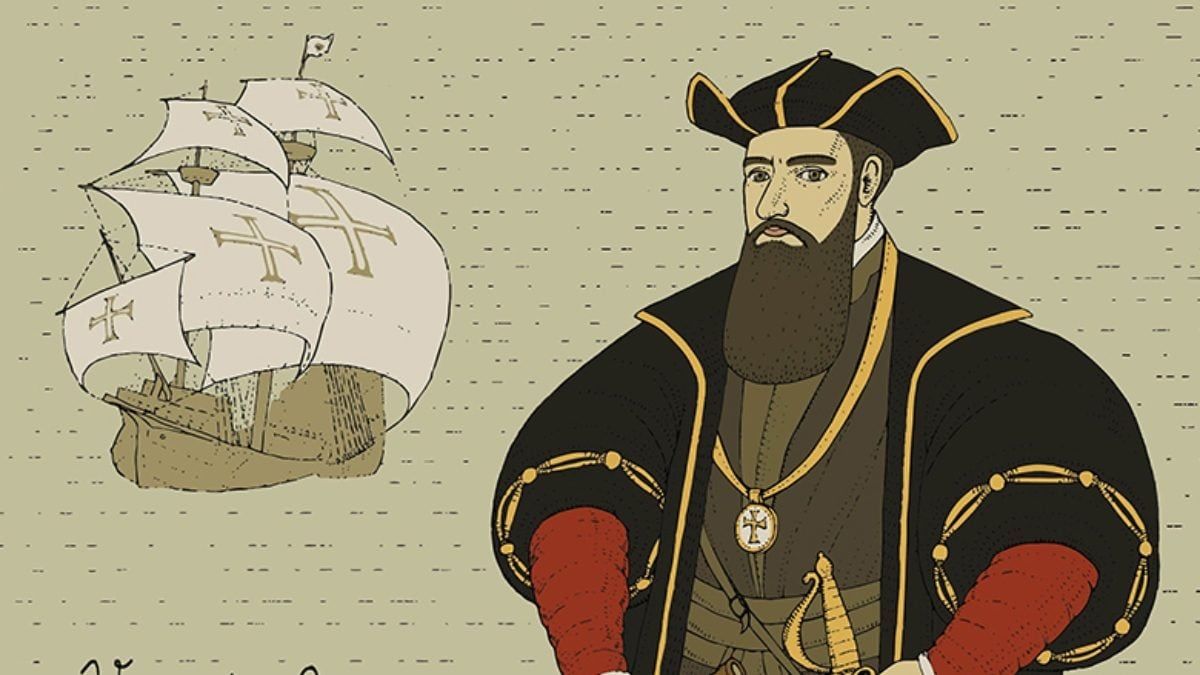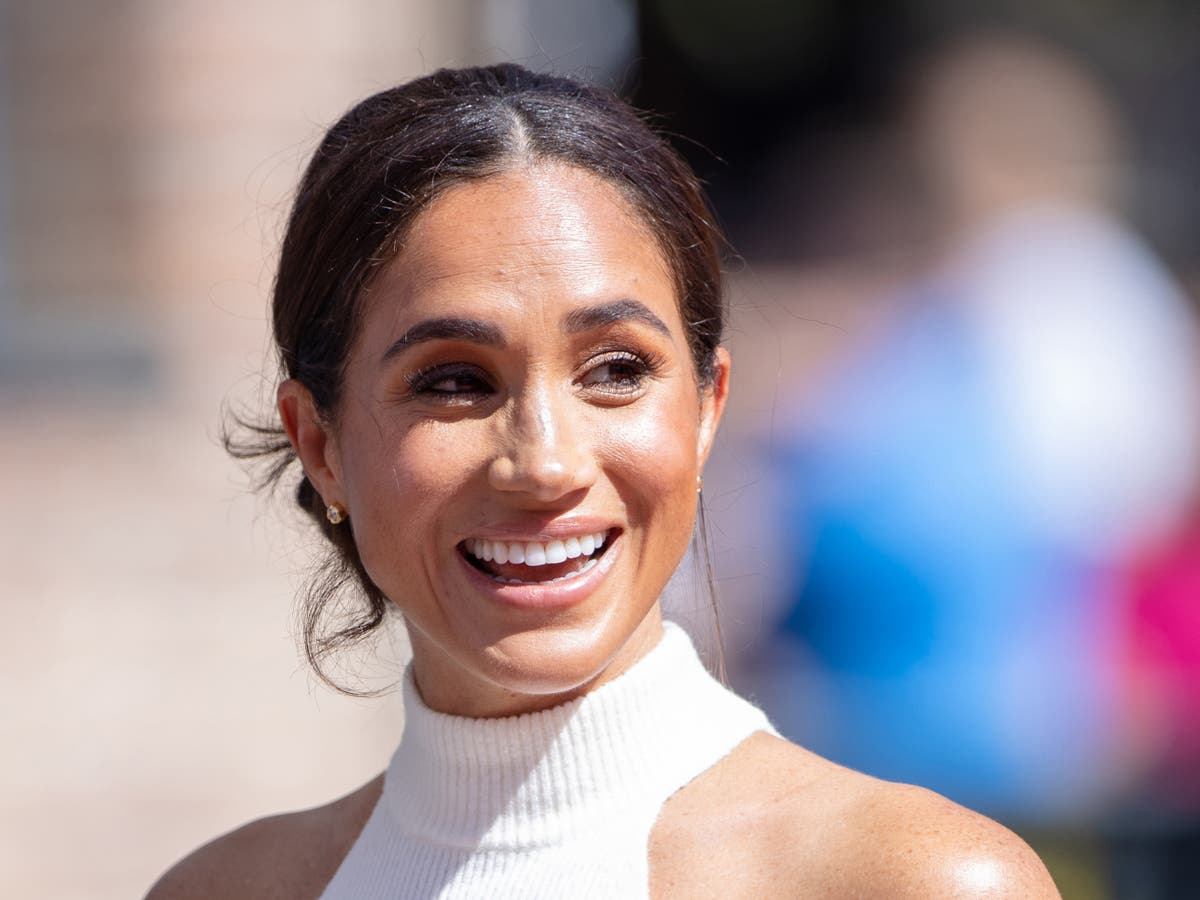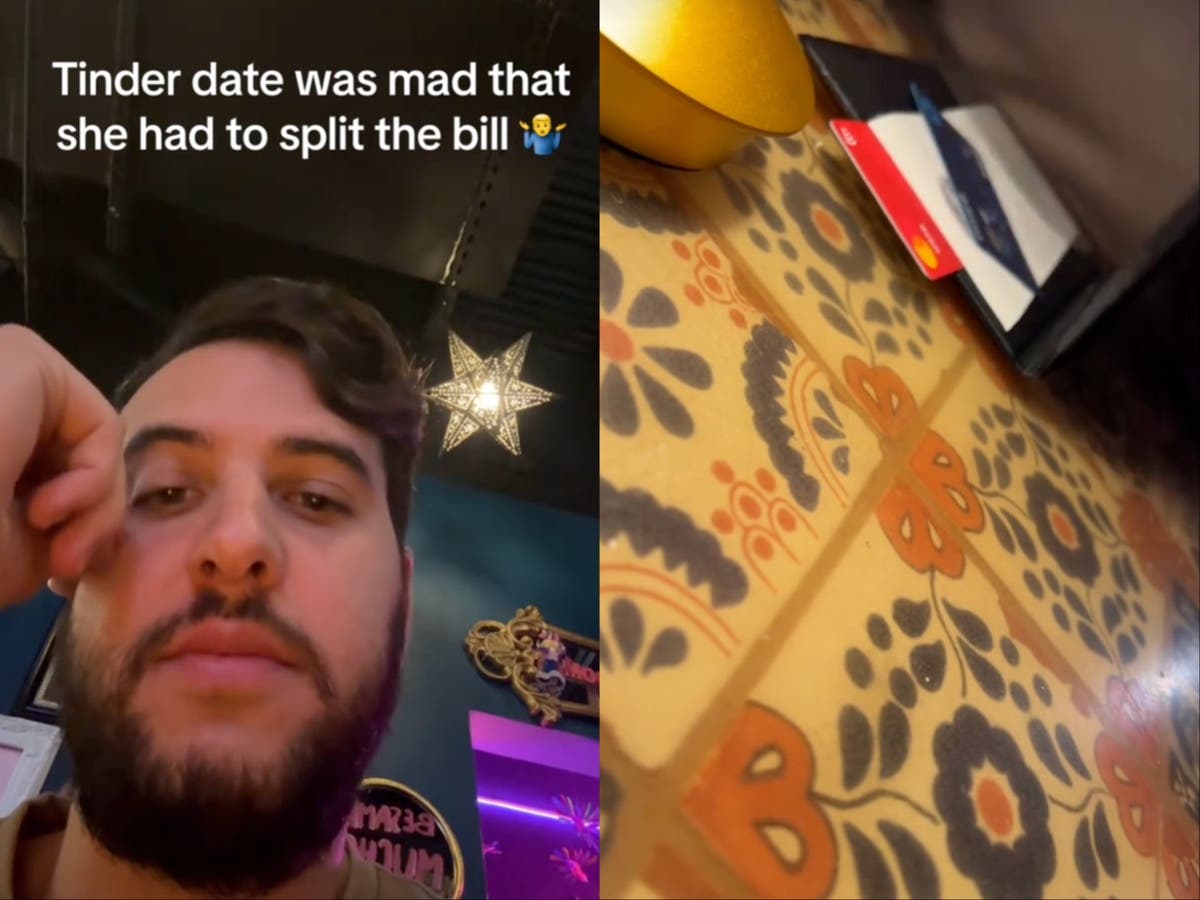Vasco da Gama arrived at Kozhikode (then Calicut), Kerala, on May 20, 1498, two years after setting sail from Lisbon, Portugal. He was the first person from Europe to sail through the Cape of Good Hope in southern Africa en route direct to India. While the Spanish focused on exploring the New World, the Portuguese turned their gaze eastward. Their attention was focused primarily on South and East Asia, as these regions were sources of lucrative trade products, such as gold, precious spices, silk, and other valuables.
However, the trade route was an arduous and risky undertaking for those who traveled it, and extended overland from Portugal, on the very border of Western Europe, to the East. The Portuguese then looked for an alternative.
Vasco da Gama, the navigator, was the one who discovered a new trade route. In fact, there is only one official record to support these claims: the Roteiro, a record book created by an anonymous author (perhaps Álvaro Velho or Joao de Sa) and published in 1838.
The first recorded circumnavigation of Africa's southernmost point, the Cape of Good Hope, was made in 1488 by Portuguese explorer and sailor Bartolomeu Dias, who traveled along the coast of West Africa (now South Africa). To locate a direct sea route to India, Dias organized a second, larger expedition. Vasco da Gama, however, was left in charge of this second mission. When asked “Why are you here?” After finally arriving in India, he allegedly said that the main goal of the expedition was to find Christians and spices.
On July 8, 1497, the Portuguese explorer set sail from the mouth of the Tagus River near Lisbon to the Portuguese settlement of the Cape Verde Islands, where he repaired and resupplied his ships.
On 3 August, she departed Cape Verde and, in an attempt to take advantage of favorable winds, sailed in a wide circuit westward toward the mid-Atlantic rather than following the African coast.
Consequently, the sailors were at sea for an astonishing three months without seeing land. But Dias had pressed hard against the prevailing winds and currents, near the coast of West Africa.
After a few weeks, the fleet turned east again and reached the southern point of Africa on November 7, many weeks earlier than Dias had planned. In a port they called St. Helens Bay, ships were repaired, cleaned and resupplied. An otherwise cordial encounter with the Africans turned violent and left many men injured, including Vasco da Gama, who was hit in the leg by an arrow.
On 22 November, while rounding the Cape of Good Hope, Vasco da Gama made another stop at Mossel Bay to resupply. The decision was made to dismantle the largest ship and divide the crew and supplies among the three surviving ships of his fleet.
After that, the navigator skipped the coast of East Africa, making stops at several places, including Quelimane, an Islamic trading station. By this time, a large number of Da Gama's crew had contracted scurvy (a deficiency of vitamin C), a rare disease among European sailors whose origin and treatment were unknown.
After arriving in Mombasa, East Africa, on April 7, the Arab sailors knew how to handle their situation by giving oranges to certain crew members, who quickly recovered. Unfortunately, as the journey progressed, little could be done to prevent the disease from reappearing.
On April 15, Vasco Da Gama finally arrived in the Kingdom of Malindi, where he was given a map and a pilot to aid him in his journey across India. Although this pilot has long been believed to be the renowned navigator Ahmad Ibn Masdjid, often known as Majid, scholars have recently refuted this claim.
After setting out from Malindi on April 24, 1498, and crossing the Indian Ocean, the explorers arrived on May 18 near Calicut, on the Malabar coast. It had taken them 10 months to sail directly from Portugal to India.
The Portuguese did some tourism, including a visit to Hindu temples, but they misinterpreted Hinduism as an exotic subset of Eastern Christianity.
Vasco Da Gama's company included numerous competent Arabic speakers who worked with local Malayalam translators to facilitate communication between them and the king of Calicut.
The Indians' apparent satisfaction with their current trading relationships and their skepticism toward these strangely dressed newcomers caused them disappointment.
Although it was only a sample compared to future voyages, the ships brought back a significant amount of priceless spices, such as pepper, ginger, cloves, and cinnamon.
In his role as envoy, Vasco Da Gama attempted to woo the Calicut monarch by misrepresenting King Manuel's vast power and providing him with some gifts. However, these gifts were far below the extravagant standards that prevailed in this region.
Many Portuguese on shore were detained, perhaps due to a miscommunication regarding the port departure charge. Vasco Da Gama alone kidnapped several captives out of concern for the safety of his ships. These captives served as useful proof that Vasco da Gama had indeed traveled to India before the authorities of his country.












